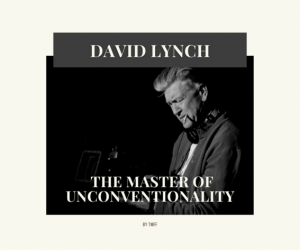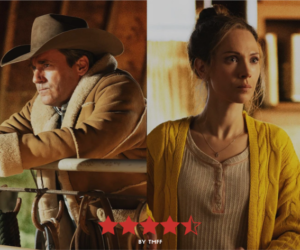Formula 1 just had one of its most exciting seasons last year, with Mercedes’ and Lewis Hamilton’s year-long dominance finally broken by Max Verstappen of Red Bull. And, as has been the case for the last three seasons, it will benefit from a Netflix made documentary makeover a few weeks before the new season is due to start – Formula 1: Drive to Survive. And since the testing period for the new season is almost upon us, I thought it was a good moment to take a look at the Netflix documentary series, and explore what it does well… and what it does less well.
The Good
The most obvious positive is that it sparked a new wave of interest towards Formula 1, which was becoming a little stale due to a lack of competitiveness. Increased watching figures, increased interest from younger crowds, as well as new interest coming from non-traditional markets for F1, such as the US. And at least this year, the renewed interest seems to have coincided with renewed competitiveness, with Red Bull taking the fight to Mercedes, and even Ferrari making concrete steps towards the prospect of renewed glory.
Likewise, each season so far managed to shed light on teams and drivers who are normally not in the limelight. While F1 is certainly about winning, Drive to Survive also looks at the midfield battles between Renault, Racing Point and McLaren, or the struggling teams such as Williams and Haas. And it quite often succeeds in making these moments feel exciting, even when the fight is nowhere close to the podium. With most of the action of a typical racing day being focused on the leading driver and the immediate chasing pack, this different angle is quite a joy to behold.
Finally, the various interviews with pretty much all the drivers, as well as the details about technical developments paint Formula 1 as a sport where the difference between success and failure is extremely small, and the margins for error are really huge. It showcases the winning mentality that each driver has, and the fact that everyone works towards one goal – becoming world champion. Often, we can think of F1 drivers as arrogant, but by better understanding the environment they operate in, their particularities become more and more explainable.
The Bad
Perhaps the biggest point of contention has been Netflix’s overly-dramatic approach in some situations. And this has not only been pointed out by fans of the show, but also by drivers – Max Verstappen, the current world champion, denied to be interviewed during the entirety of last season, because he thinks that the show builds rivalries and needless tension where none exists, in an effort to make the events more dramatic, and appeal to a larger demographic. And it’s a claim that is rather difficult to counteract, since especially the latter seasons did take some declarations or radio messages out of context, in order to build up and sustain intrigue. While it can be an understandable decision, it is also a point of concern for those hoping for 100% accuracy in the narrative.
Finally, a lot of the criticism last season was aimed at the attempt to politicise certain situations, which a large number of individuals felt was out of place in a documentary about sport. This can be easily observed from the significantly lower ratings on IMDb that the episodes which delve into such controversial territory have. It remains to be seen whether Netflix will take note of this criticism and focus entirely on racing aspects in the coming seasons, or whether they will continue to explore certain events from a variety of socio-cultural angles.
















